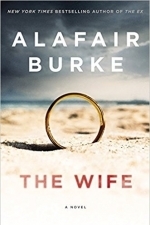
Age of Zombies™
Games and Entertainment
App
From Halfbrick, the creators of Fruit Ninja and Monster Dash comes their newest and biggest...
What Can Aristotle Do For You?
Book
Aristotle was an extraordinary thinker who was preoccupied with an ordinary question: how to live a...
Philosophy

Innovating Women: The Changing Face of Technology
Farai Chideya and Vivek Wadhwa
Book
From one of Time Magazine's "Forty Most Influential Minds in Technology" comes an essential...
Business technology essays gender studies
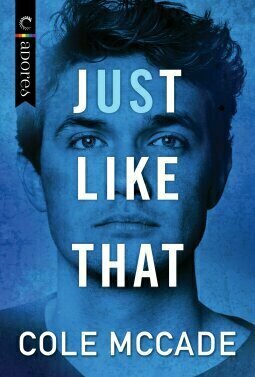
Just Like That (Albin Academy #1)
Book
Carina Adores is home to highly romantic contemporary love stories featuring beloved romance tropes,...
Contemporary MM Romance
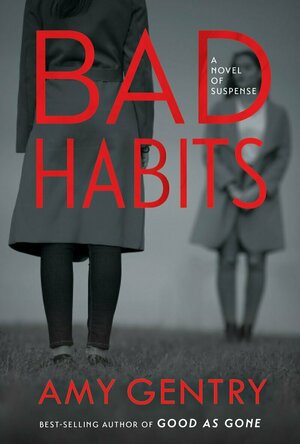
Bad Habits
Book
Claire "Mac" Woods--a professor enjoying her newfound hotshot status at an academic...

World Literature Today
Entertainment and Magazines & Newspapers
App
Your passport to great reading.World Literature Today was founded as Books Abroad in 1927 by Roy...
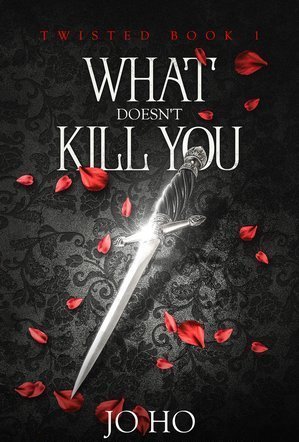
What Doesn't Kill You (Twisted #1)
Book
OUTCASTS. MISFITS. FREAKS. And that was before they discovered they commanded some super dark...
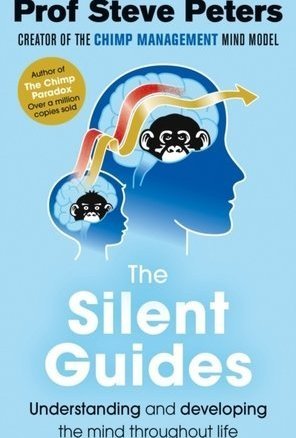
The Silent Guides
Book
Understanding and developing the mind throughout life - the NEW book from the creator of the chimp...
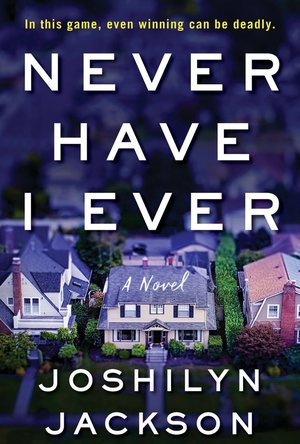
Never Have I Ever
Book
Have you ever done something so bad, so shameful that you would do anything to keep it secret? What...
Lyndsey Gollogly (2893 KP) rated The Wife: A Novel in Books
Oct 11, 2022
Book
The Wife
By Alafair Burke
⭐️⭐️⭐️⭐️⭐️
His Scandal - Her Secret
When Angela met Jason Powell while catering a dinner party in East Hampton, she assumed their romance would be a short-lived fling, like so many relationships between locals and summer visitors. To her surprise, Jason, a brilliant economics professor at NYU, had other plans, and they married the following summer. For Angela, the marriage turned out to be a chance to reboot her life. She and her son were finally able to move out of her mother’s home to Manhattan, where no one knew about her tragic past.
Six years later, thanks to a bestselling book and a growing media career, Jason has become a cultural lightning rod, placing Angela near the spotlight she worked so carefully to avoid. When a college intern makes an accusation against Jason, and another woman, Kerry Lynch, comes forward with an even more troubling allegation, their life begins to unravel. Jason insists he is innocent, and Angela believes him. But when Kerry disappears, Angela is forced to take a closer look—at both the man she married and the women she chose not to believe.
Well that was one hell of a book! From start to finish it was just brilliant. It had you questioning all the way through how far would you go to protect your family? And how much would you put up with as a wife? Even right to the end it’s not what I was expecting. It made you want to keep reading. Highly recommended!

